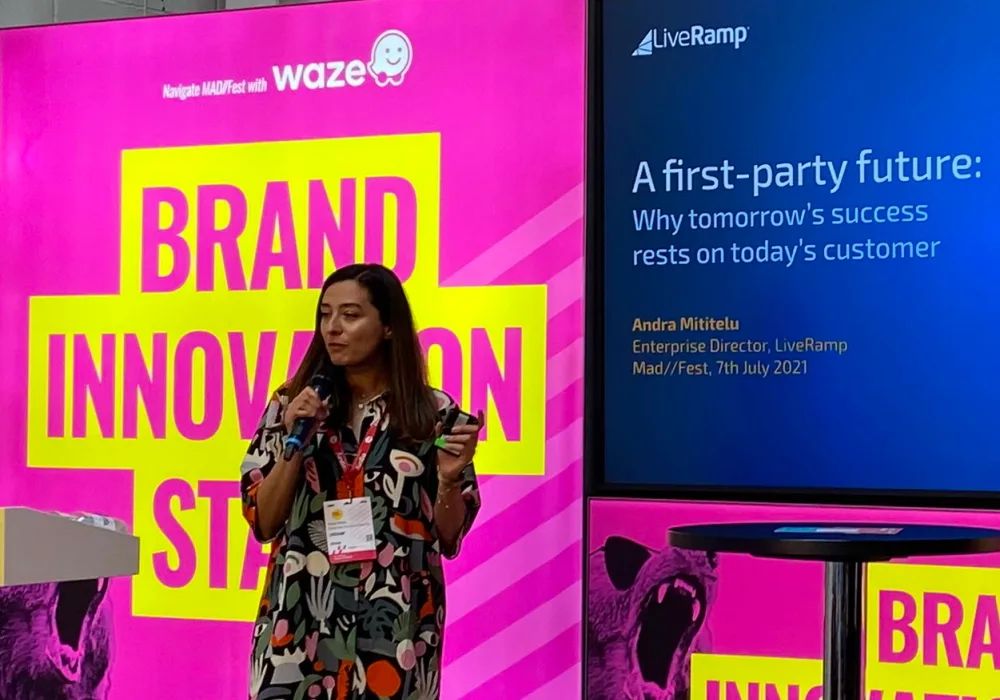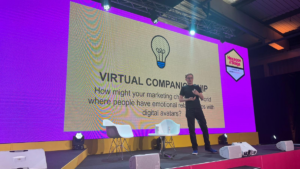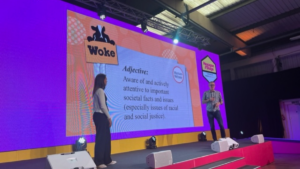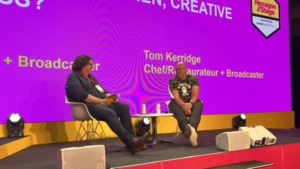LiveRamp’s Enterprise Director, Andra Mititelu, took to the stage at Mad//Fest London 2021, where NDA was the official media sponsor, to look at the role first-party data will play going forward.
Over the last few years, a lot has changed when it comes to data privacy and identity. We’ve seen several laws passed around the world that aim to better protect consumer data, and the likes of Google and Apple announce and/or implement updates to the way they do things.
The most notable change is the deprecation of third-party cookies. Google recently announced that it would be delaying the removal of third-party cookies until 2023. Nonetheless, the Safari and Firefox browsers have both already scrapped third-party cookies.
LiveRamp feels that third-party cookies are “not a good mechanism for tracking people around the web in a compliant way in the first place,” according to Mititelu.
“One thing is for sure, whether next year or the year after, third-party cookies are going away. And, at LiveRamp, this is an industry shift that we firmly believe in.”
Even though third-party cookies may be on their way out, brands still have to find ways to reach consumers and deliver the experiences they crave. Over the course of the pandemic, more and more people have become reliant on the personalised shopping experiences deliver on Amazon, or the content recommendations on Netflix, for example.
“We’re almost used to having these relevant, personalised experiences with brands,” said Mititelu. “The reality is that we now almost expect a personalised experience, which does present some opportunities, but also some challenges, for brands.”
Mititelu pointed to the main challenges being around scale and efficiency. Advertisers have to consider how they connect their customer data into the fragmented digital ecosystem, while making sure that they driving efficiency with their marketing spend.
The use of first-party data can help to tackle this problem, as well as being a great way for the industry to build for a better future and gain the trust of consumers, according to Mititelu.
“There’s a lot of talk in current politics about building back better. It encapsulates the feeling of having lost things during the pandemic. We have lost time, we have lost money, we have lost freedom, we have lost experiences, and some of us have even lost dear ones. Now, we have the opportunity to think about how we build back better. And that means building back in a safer and more conscientious way,” explained Mititelu.
“These feelings are prevalent in the advertising industry, where we think about how we can communicate with our customers, and how we want to communicate with our customers. We them to trust us, we want them to value us, and we want them to come back. So, we absolutely need to focus our time and effort on better getting to know our customers to really understand their wants and needs, or to better reach them across appropriate channels in appropriate ways that respect consumer privacy and choice. And we have to really understand what works and what doesn’t, so that we can continue to deliver personalised customer experiences, while driving efficiencies for our business.”
At LiveRamp, the business believes that first-party data can help brands to better understand their customers by enabling them to build a more consistent, unified, and complete view of the customer by connecting different data points. This data can also help brands to deliver a consistent message across all their partners, and it can help businesses to better measure return on investment.
To illustrate this, Mititelu shared a case study that LiveRamp had done with British health and beauty retailer and pharmacy Boots.
Boots has the benefit of having direct relationships with 17 million people in the UK through its Advantage Card. It also has transaction data and online behavioural data – based on the actions consumers are taking on its website – at its disposal. This, however, presents its challenges.
“There’s a lot of data, but the challenge is that it’s difficult to connect all of these different data points to get a unified view of your customer,” said Mititelu. “With LiveRamp, Boots was able to connect all of these different datasets to consistent, people-based audiences to form a better view of their customers, a more unified view, across all these different previous silos. Then they were able to connect these consolidated audiences into the digital media ecosystem with Mediacom.”
Boots was able to increase its audience reach fourfold, and now activates more than 100 segments over 30 to 40 campaigns each month.
LiveRamp is also working with Boots and Mediacom to measure the outcomes of the business. They’re working to connect digital campaigns with real sales so that they can see where the incremental return on investment is coming from.
“Now, Mediacom is able to optimise based on what channels are performing the best – what platforms, what placements, what audiences, what creatives – in order to continue delivering personalised experiences for customers, while delivering efficiencies for the business,” said Mititelu.
Mititelu concluded by answering the question: where do we go from here?
“I think the answer is simple,” she said. “We go where the customer goes. We truly seek to understand them, so we can better serve them. And we believe that the safe and effective use of data can help us do that.”
*LiveRamp is a client of Bluestripe Communications, owned by Bluestripe Group, the owner for NDA.








